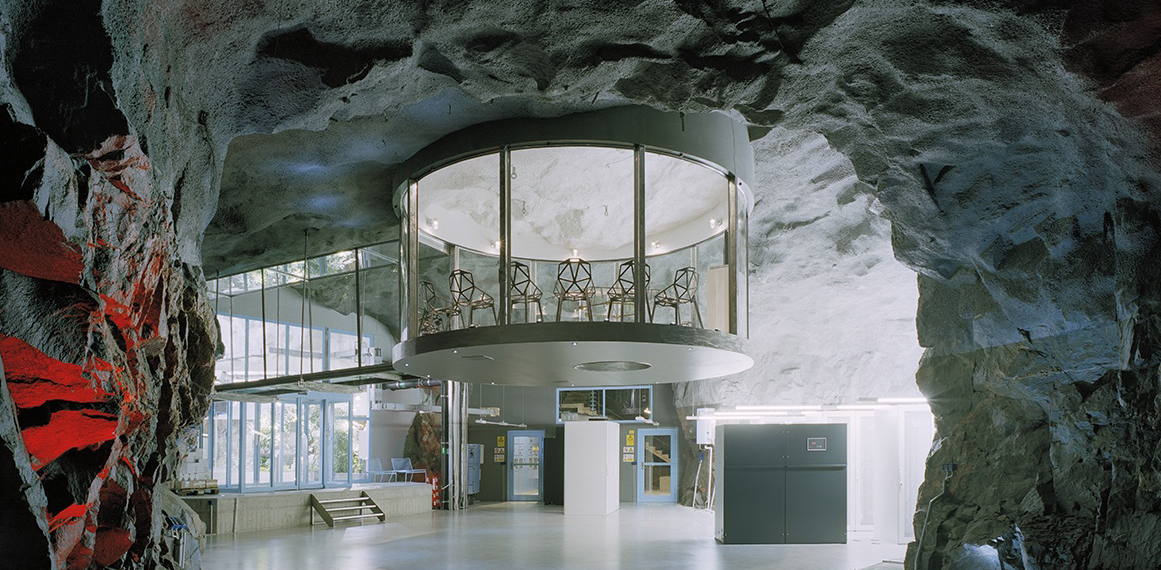Art Institute of Chicago – Ryan Learning Center Renovation – Located within the Renzo Piano designed Modern Wing at The Art Institute of Chicago, the Ryan Learning Center (RLC) is the museum’s public and free center for learning and creativity; where people of all ages and abilities can make art, participate in studio projects, create one-of-a-kind interactive tours using JourneyMaker or just meet friends and engage with experiential activities. Over the eleven years that the Ryan Learning Center has inhabited the space, their programming has grown and evolved, creating the need for modifications to the original design to support a more visible, accessible, inclusive, and creative space. The renovation consists of a few simple, strategic alterations that thoughtfully and respectfully engage the architecturally significant structure.
Architizer chatted with Joy Meek, AIA LEED AP, Principal at Wheeler Kearns Architects, to learn more about this project.
Architizer: What inspired the initial concept for your design?
Joy Meek: The original space for The Ryan Learning Center was conceived of as a series of discrete, cellular rooms which hampered visibility to the various programs and made navigation difficult. Museum visitors were either unaware of the RLC or did not understand all the RLC had to offer. The cellular spaces and double-loaded corridors also did not take advantage of daylight, views, and connections to exterior spaces and the rooms in the middle of the RLC were completely interior. The design objective for our studio was to turn the space inside out and make all the great events, workshops, programs, resources, and materials in the Ryan Learning Center visible and inviting to the public. This intervention extends the view through the RLC from Monroe Street and Millennium Park to the Modern Wing’s Pritzker Garden, making the programs of the RLC also visible from the exterior.

© Wheeler Kearns Architects

© Wheeler Kearns Architects
What do you believe is the most unique or ‘standout’ component of the project?
The greatest impact came not from what we added but from what we removed. The selective, careful removal of two interior partitions transformed the Center and created a new space. The enclosed cellular spaces were opened, and programs were immediately visible and understandable upon entry.
The additions and insertions that we made with new millwork, finishes and furniture were used to indicate different zones within the new large open space – the scale shifting from areas for the youngest learners with book and play object storage, to nooks that house a library with resources, references, and materials for adult learners. Colorful flooring patterns and furniture define program areas for gathering, discussing, reading, creating. Millwork and furniture are carefully laid out so many different user groups can cohabitate and use the space simultaneously.

© Wheeler Kearns Architects

© Wheeler Kearns Architects
What was the greatest design challenge you faced during the project, and how did you navigate it?
It’s always a challenge to incorporate a new space and evolving program into an iconic existing structure. It was important to our studio that the intervention be respectful of the existing architecture while also maintaining an identity of its own. The millwork interventions are designed on the structural module of the Modern Wing but incorporate subtle curves that indicate movement through while also softening the space. Painted a soft blue, the millwork extends from the Art Exchange into adjacent studios, unifying and connecting the various spaces and complementing the existing material palette. Over the years, the RLC had gathered feedback from visitors that the space had features that made it a challenging space for people with different abilities or sensory sensitivities. Our project also included the goal of incorporating universal design principles and accessibility improvements.

© Wheeler Kearns Architects

© Wheeler Kearns Architects

© Wheeler Kearns Architects

© Wheeler Kearns Architects

© Wheeler Kearns Architects

© Wheeler Kearns Architects
Team Members
Calli Verkamp, AIA LEED AP, Brandon Hall AIA
Consultants
Construction Manager: Pepper Construction; Graphic Identity Concept: Studio Blue; Graphic Identity and Environmental Graphic Design: Art Institute of Chicago Experience Design; Accessibility Consultant: LCM Architects Evaluation: Uncommon Classrooms
For more on Art Institute of Chicago – Ryan Learning Center Renovation, please visit the in-depth project page on Architizer.



 Art Institute of Chicago - Ryan Learning Center Renovation
Art Institute of Chicago - Ryan Learning Center Renovation 


